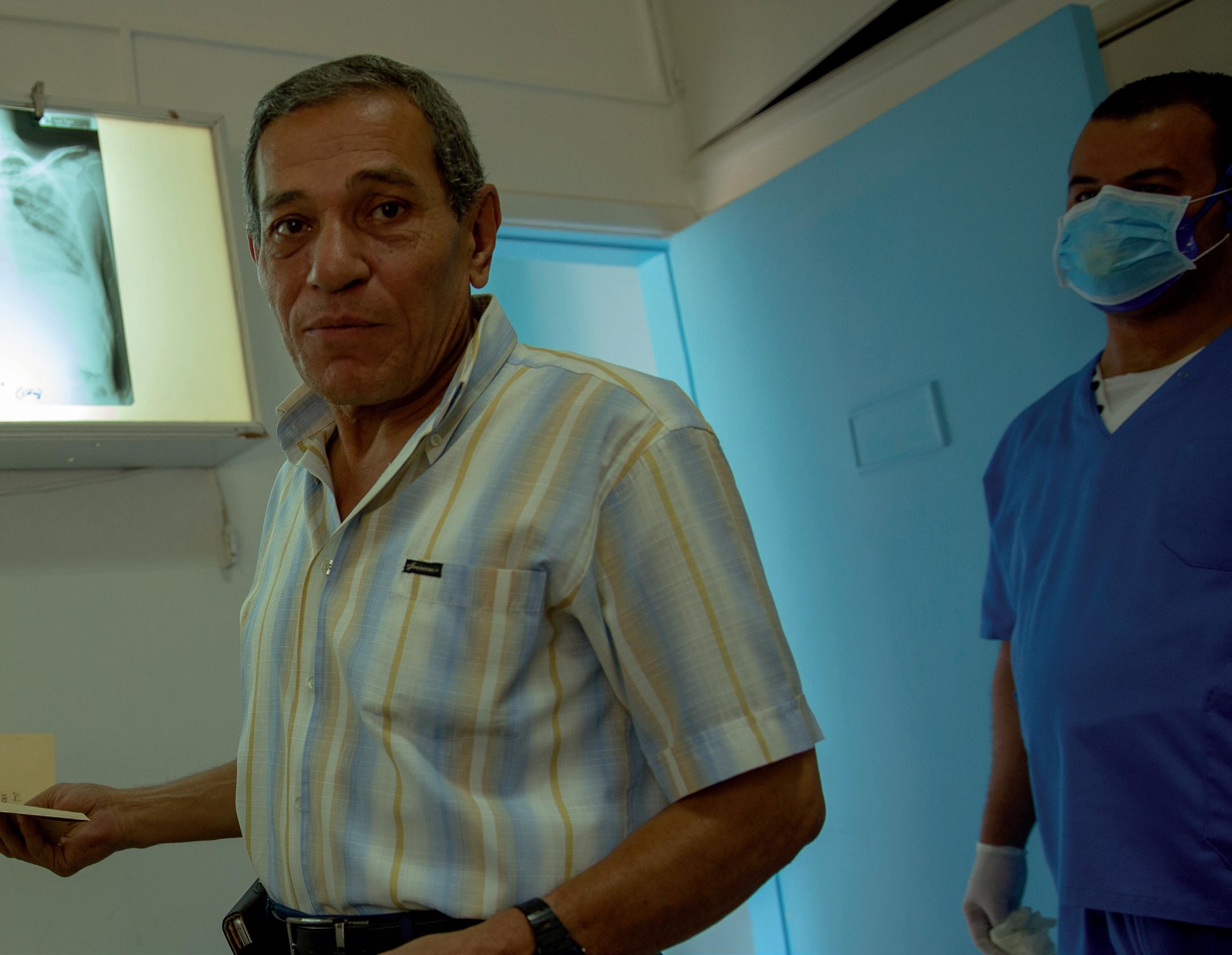
2 minute read
World Health Organization
Latent tuberculosis is “the seedbed for active TB”
Sources: 1: https://www.cdc.gov/tb/publications/ factsheets/general/ltbiandactivetb.htm; 2: https://www.who.int/news-room/fact-sheets/ detail/tuberculosis, World Health Organization. (2014) WHO End TB Strategy. https://www.who. int/tb/post2015_strategy/en/. UN General Assembly. Political declaration of the high-level meeting of the General Assembly on the fi ght against tuberculosis. A/RES/73/; 3: World Health Organization. Latent tuberculosis infection – Updated and consolidated guidelines for programmatic management. WHO/ CDS/TB/2018.4.

People with latent tuberculosis infection (LTBI) can feel well, and not display any outward signs of TB, but still go on to develop active TB in the future. Worryingly, a suspected 1.7 billion people around the world are living with LTBI. “That’s a quarter of the world’s population!” says Dr. Masae Kawamura, Senior Director of Medical and Scientifi c Aff airs at molecular diagnostics and precision medicine company, QIAGEN. “They are the seedbed for tomorrow’s active TB. The problem is, we don’t know who is going to get it, when, or where it’s going to happen. It’s like a time bomb or landmine that detonates only 10% of the time.” So, if you live in a country with a high incidence of TB, or have a condition which puts you at greater risk of developing the disease, it’s important to know your TB status. Diagnosis is simple and can be confi rmed via skin or blood tests. Testing and treatment need to be targeted From a medical practitioner’s perspective, Latent TB must be tackled with targeted testing and treatment of at-risk populations, rather than giving people blanket treatment. It’s more cost-eff ective — and more ethical.

Dr Masae Kawamura Senior Director, TB Medical and Scientifi c Aff airs, QIAGEN Dr. Kawamura believes it’s vital to test and then treat patients, rather than give entire populations blanket treatment, ‘just in case’ they have the latent form of the disease.
“Analysis shows that testing before treating is costeff ective, because fewer people will be treated,” she says. “But it’s about more than just the cost of the drugs. TB treatment requires complex infrastructure and is extremely labour intensive, so the resources required are immense.”
There’s also an ethical challenge to consider with blanket treatment, which is: would you take a drug if you didn’t need it? “That’s a patients’ rights issue,” says Dr. Kawamura. “Also, while treatments for TB are getting shorter and safer, they do carry a small risk of side-eff ects, including liver damage.” For these reasons, the focus should be on fi rst testing those most at risk of TB exposure, including contacts to known TB, those living and working in congregate settings like hospitals, and those with immunosuppression or diseases that increase the likelihood of progression from latent to active TB, such as diabetes or HIV.
Certainly, more needs to be done on LTBI testing and treatment if ambitious UN High Level Meeting targets are to be met by 2030. “For too long, the whole focus has been on active TB,” says Dr. Kawamura. “Now we have to combine prevention and active disease control to really accelerate the decline of tuberculosis. TB isn’t always in the headlines. But it is always in the background, killing people.”
Journalist Tony Greenway
Find out more at globalcause.co.uk




